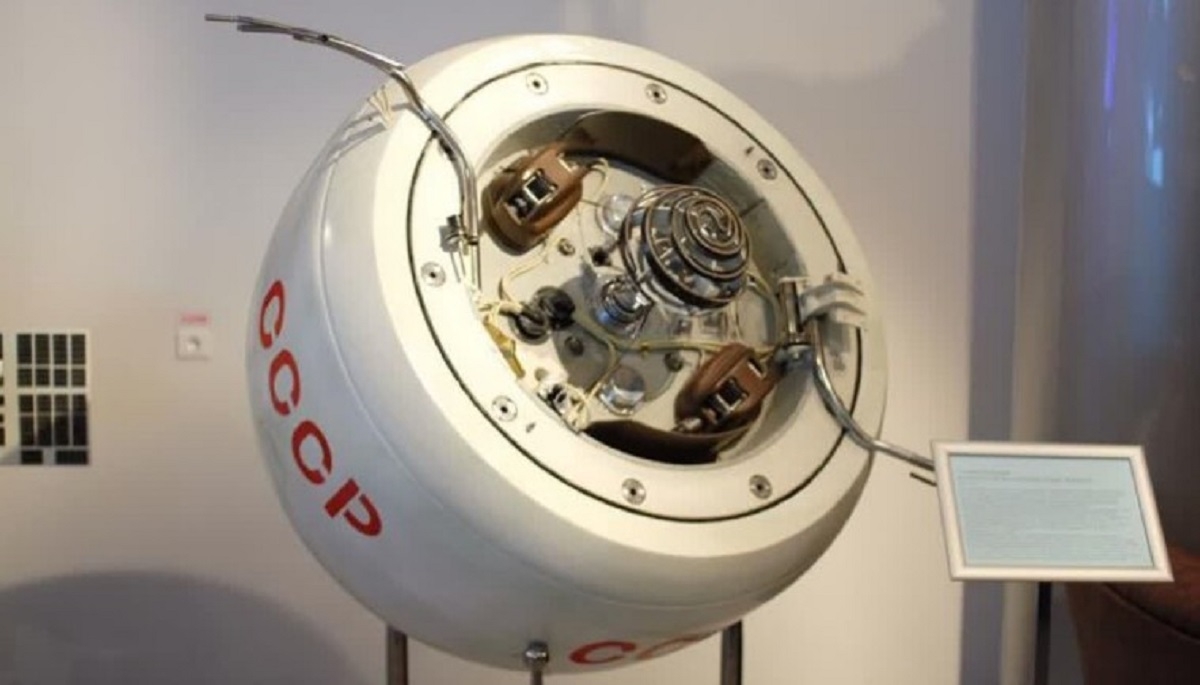Stuck In Orbit For 53 Years, Failed Soviet-Era Spacecraft Crashes To Earth
Total Views |

Hyderabad : A failed Soviet-era spacecraft crashed to Earth this weekend
after circling the planet for more than five decades. The Kosmos 482 probe was
sent to Venus in 1972 as part of the Soviet Union's Venera program. However, a
problem with its rocket stranded the spacecraft in an elliptical orbit around
Earth. Over the course of 53 years, Earth's gravitational force pulled the
probe down slowly, leading to its plunge on Saturday.
The re-entry of the spacecraft occurred at 2:24 AM ET or 11:54 AM IST
over the Indian Ocean, west of Jakarta and Indonesia, according to the Russian
Space Agency Roscosmos.
While other space agencies and tracking organisations confirmed the
uncontrolled re-entry of Kosmos 482, they weren't sure of the precise location.
After the spacecraft's doom failed to appear over a German radar station, the
European Space Agency's space debris office tracked the spacecraft.
"We have not received any reports so far on visual direct
observations of the final re-entry, or on any impacts on the ground, ESA's
Space Debris Office said.
It was not immediately clear how much of the half-ton spacecraft — if any
— survived its fiery descent from orbit. Experts had warned in advance that
some, if not all, of it could crash back to Earth, as it was designed to endure
a landing on Venus, the hottest planet in the solar system.
Scientists
emphasised that the chances of anyone being struck by falling debris were
extremely low.
Launched by the Soviet Union in 1972, the spacecraft known as Kosmos 482
was part of a series of missions intended for Venus. However, due to a rocket
malfunction, it never left Earth's orbit and became stranded.
Much of the spacecraft re-entered the atmosphere and fell back to Earth
within a decade of the failed launch.
The last component to come down was the
spherical lander, roughly 3 feet (1 metre) in diameter. No longer able to
resist Earth’s gravity as its orbit decayed, it eventually descended. Experts
say the lander, encased in titanium, weighed over 1,000 pounds (around 495
kilograms).
Any surviving wreckage will belong to Russia under a United Nations
treaty.
Despite close monitoring, scientists and experts couldn’t predict exactly
when or where the Kosmos 482 spacecraft would re-enter due to solar activity
and its deteriorated state. The lack of clarity disappointed some observers.
Unlike most reentries, Kosmos 482 drew special attention because it was likely to
survive and was descending uncontrollably, without guidance toward a safe area
like the Pacific Ocean.

